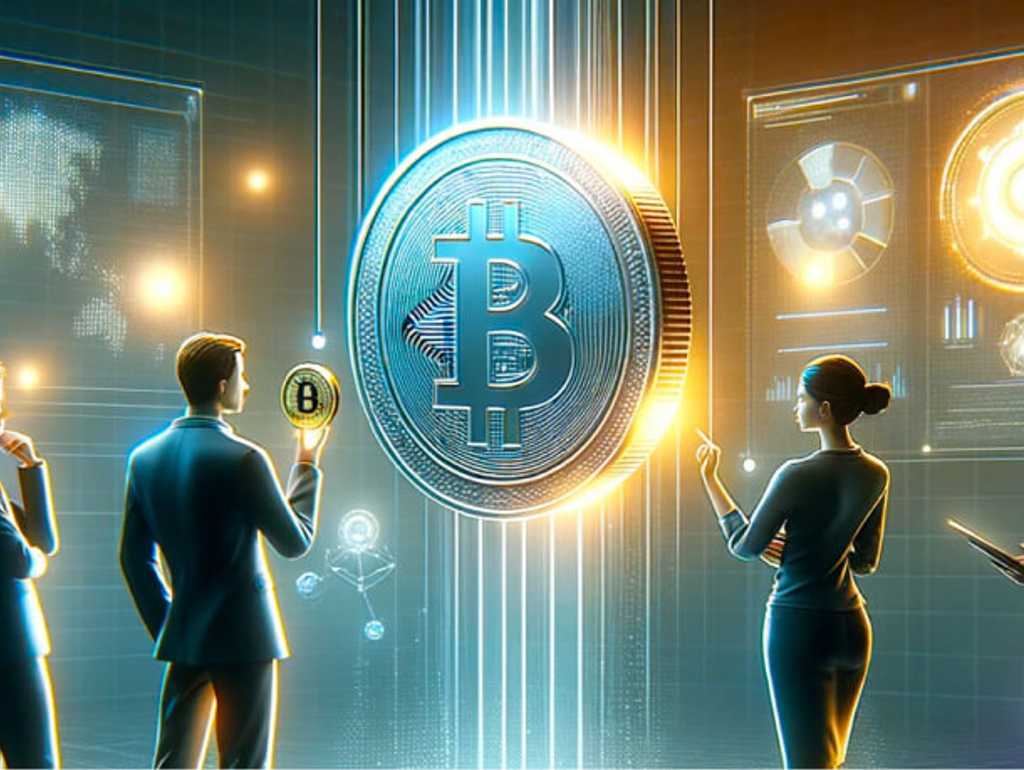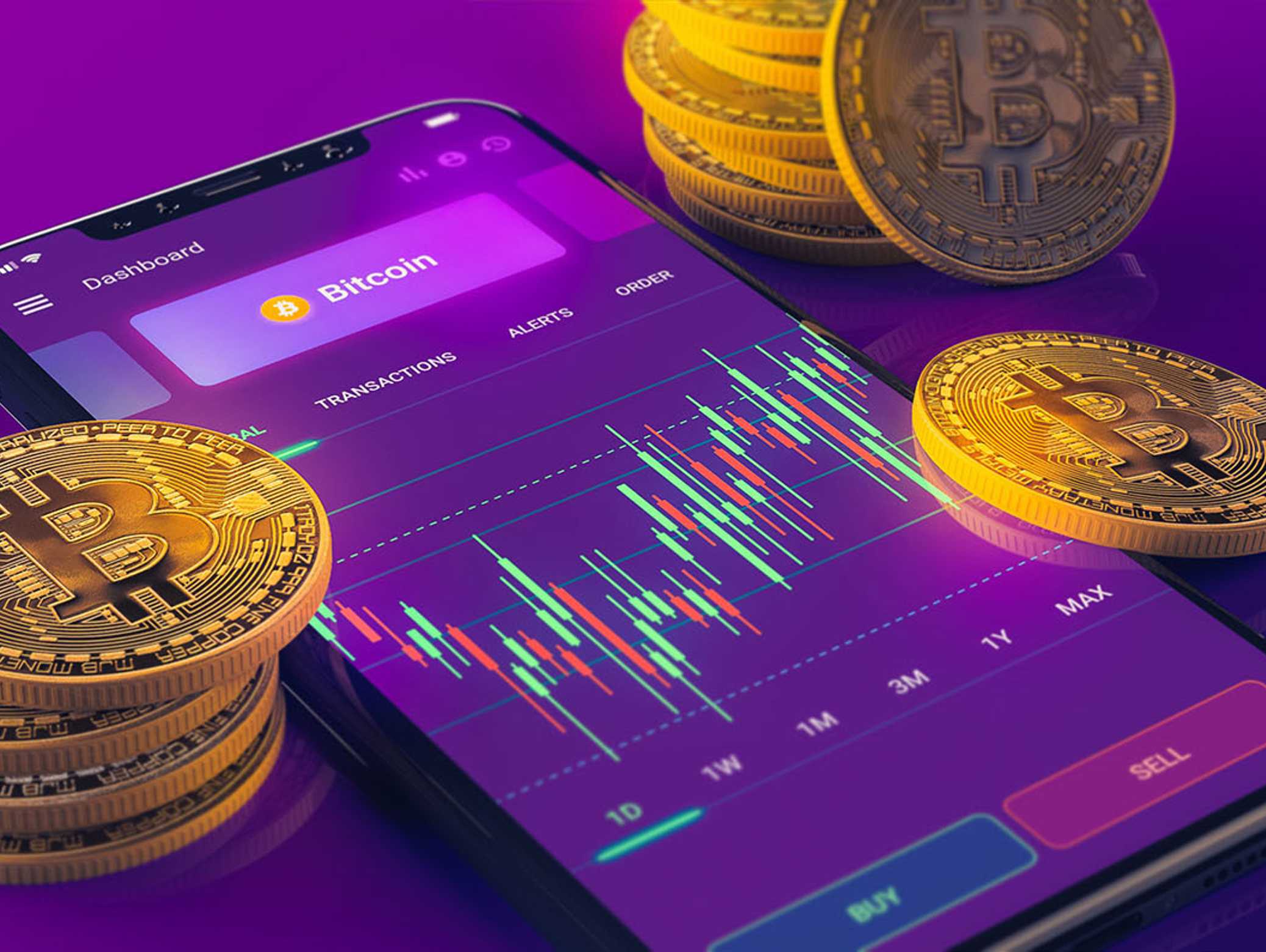
Bitcoin trading - when should I buy and sell?
The short answer is it depends on where you are in the Bitcoin super-cycle, but there are important caveats too, says Easy Crypto.
12 March 2024
The question of when you should buy/sell Bitcoin is one that marketing writers tend to avoid answering directly. Legally, we just can't ... it’s investment advice. But we can give you some clues. Think of it like getting directions implicitly. We won’t tell you when you should turn left or right, but we’ll tell you what landmarks to look for.
For Bitcoin, look out for where you are in the super-cycle. Bitcoin’s historical price patterns look a lot like a roller coaster, often seen as though it has a cyclical pattern. It experiences a non-stop upward rally for about 700 days until a certain peak price. Then the market takes a complete U-turn and dive for about 300 days until a new “bottom” is reached.
From the looks of it, we passed the bottom about 400 days ago. This means according to the Bitcoin super-cycle theory, there’s still about 300 days left until Bitcoin reaches its new all-time high. You can decide what to do with this information.
It’s important to note that for each time Bitcoin’s price reaches a new all-time high, the lower end of the price range tends to be much higher than that of the previous cycle of rally and dive. It’s like a roller coaster where each hill and valley are higher than the last one.
Will Bitcoin price increase?
The next important question is, to what extent is this pattern applicable for the current cycle and the next? What if this time it’s different?
We’ve all have heard the saying, “Past performance doesn’t guarantee future outcomes”. That’s because price performance (how much the price had increased) should not be used as the only indicator to evaluate future prices. Instead, look at the technological and economic reasons why Bitcoin could become more valuable in the future.
Looking at Bitcoin’s design, it’s reasonable to believe Bitcoin could be more expensive over time. There will only ever be 21 million Bitcoins in existence. This is set in stone by the code that runs the Bitcoin software. And no-one can change this code because hundreds of computers, owned by different individuals and companies around the world, run the same programme. Unless somehow we’re able to mind-control every one of them to run a different programme (virtually impossible), Bitcoin’s supply will remain just that.
Why buy Bitcoin?
So, we’ve agreed that Bitcoin is forever a limited-edition asset class. But this alone will not increase the price of Bitcoin. There’s currently 19.5 million Bitcoin in existence. If each one of the eight billion people on Earth gets an equal share of Bitcoin, each person gets 0.0024375 BTC. Clearly many people own more than that amount.
The question then becomes, what would convince more people to buy Bitcoin? Most people believe that Bitcoin makes for a good investment, because of its price performance. More than 90 per cent of Bitcoin wallets have bought Bitcoin at a lower price than at today’s price (NZ$100,000). This means 90 per cent of Bitcoin investors should already be in profit — they’re making money.
Sure, there were periods throughout Bitcoin’s history when fewer people were losing money from Bitcoin. But the people who took a calculated risk and invested consistently in Bitcoin have shown that they have been profitable for as long as they remain invested in the market. Meanwhile, those who focused on timing the right moment to buy and sell have struggled to stay in profit.
In other words, “Time in the market beats timing the market”. This fact should convince more uninitiated investors to dip their toe into Bitcoin.
Bitcoin ETF
In the past, people bought Bitcoin directly from other people, in something known as peer-to-peer markets. Bitcoin wallets were also not very intuitive to use for the average user.
As the crypto market evolves, Bitcoin is traded on centralised exchanges, similar to the New Zealand Stock Exchange. On such exchanges, Bitcoin is held in custody of the exchange company. Users only have to use their email to gain access to their assets and trade there.
The problem is that several popular exchanges weren’t regulated enough and used customer funds and assets for their own benefit. This resulted in the bankruptcy and collapse of several crypto businesses, most notable was FTX’s collapse in 2021.
Today, the technology that supports buying and selling Bitcoin has become more friendly towards the average user. For example, Easy Crypto Wallet lets you store Bitcoin securely using your email and password. Easy Crypto can help you recover your private key, but it has no way of accessing your Bitcoin.
Earlier this year, the United States finally joined the global trend of allowing financial institutions to issue “Bitcoin ETFs”, which allows investors to invest Bitcoin through a more traditional channel, although they would pay a more expensive fee to asset managers.
Bitcoin history
Bitcoin’s design allows the asset to remain scarce, which is part of its appeal. Throughout its history, Bitcoin underwent several super-cycles that increased its value with each cycle, and it becomes more appealing to new investors given that nearly all Bitcoin investors are currently in profit off the back of the current price rises from ETF purchases.
Another strong factor that can attract more new investors is the fact that it’s becoming easier to buy and store Bitcoin securely. Retail investors can find the next generation of wallets incredibly useful, while the more traditional type of investors can prefer to buy Bitcoin through ETFs.
Either way, there seems to be enough room for Bitcoin to grow.
•
Investing in cryptocurrency carries risk. Always do your own research.
Informed Investor's content comes from sources that Informed Investor magazine considers accurate, but we do not guarantee its accuracy. Charts in Informed Investor are visually indicative, not exact. The content of Informed Investor is intended as general information only, and you use it at your own risk.


